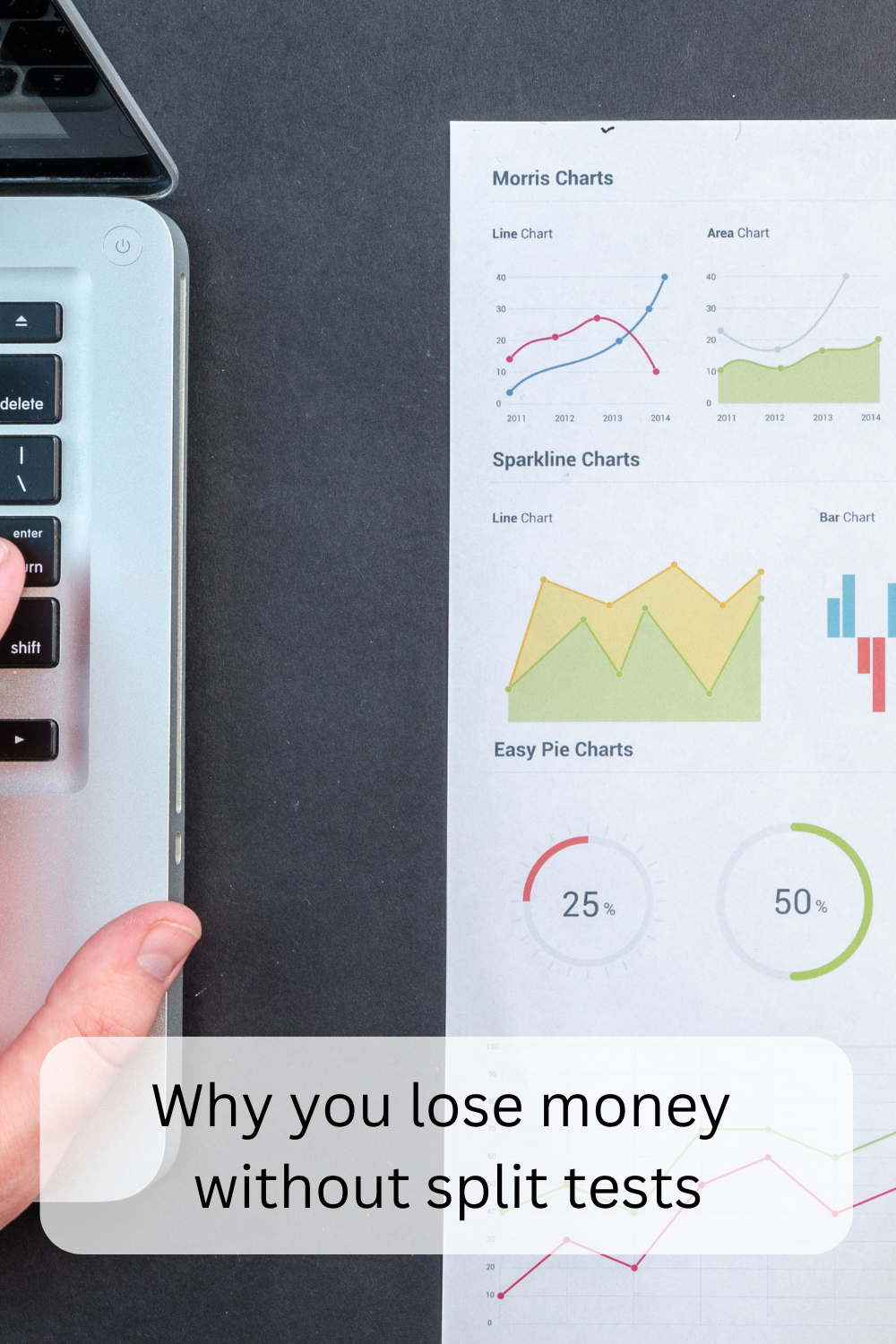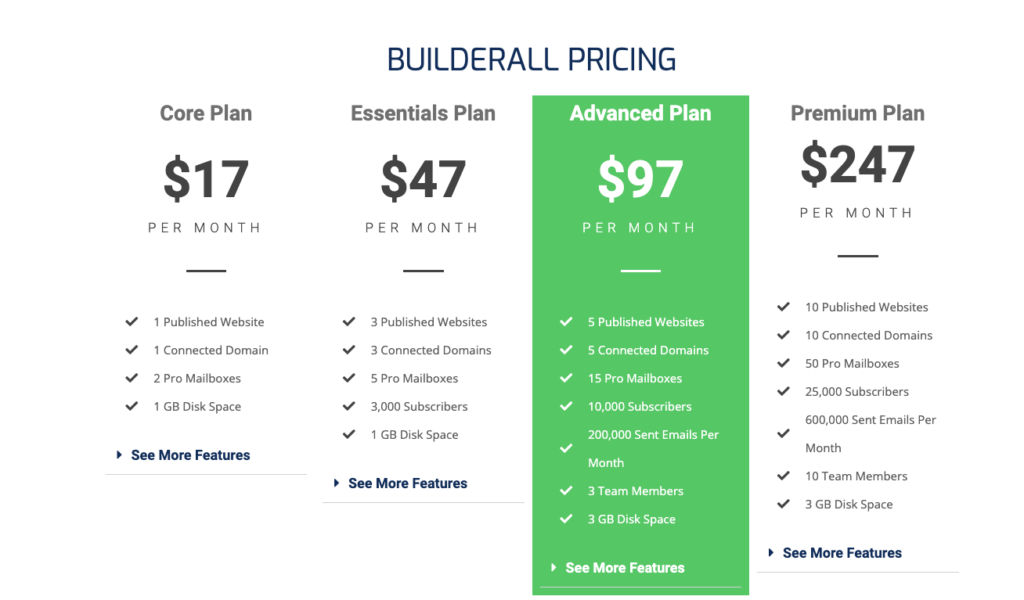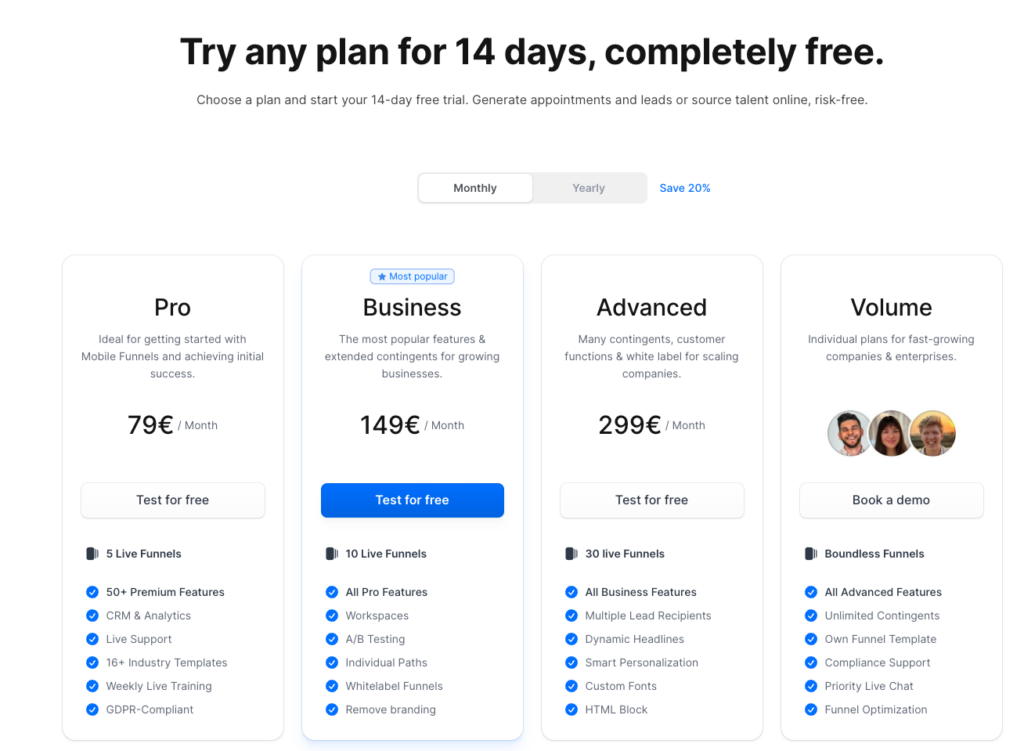If you run a website or are just starting, you’ve probably already realized how important visitors are for success. However, not everyone has the budget for expensive advertising campaigns. Fortunately, there are many free sources that can help you drive more traffic to your site. In this article, I’ll show you the best free traffic sources to increase your reach without spending money.
Key takeaways
- SEO is important to increase visibility in organic search and build authority.
- Social media platforms like Facebook, Instagram, and TikTok offer unique opportunities to engage with your audience.
- Video marketing on YouTube can drive a lot of traffic if optimized correctly.
- Email marketing is still a powerful tool for communicating directly with your audience.
- Question-and-answer sites and forums like Quora and Reddit offer the opportunity to share expertise and increase traffic.
Current challenges in traffic generation
Generating traffic for your website or online content has always been a challenge. In 2024, this challenge has become even greater due to increased competition and changing algorithms. Many online marketers find it difficult to keep up with these changes while maintaining a steady flow of visitors.
Overview of common obstacles
One of the most common obstacles is algorithm changes. Platforms like Google and Facebook frequently update their algorithms, which can drastically impact your traffic. Another major challenge is content saturation. With so much online content, standing out and grabbing attention is increasingly difficult.
In addition, many marketers face limited budgets. Paid advertising can bring quick results, but not everyone has the funds to invest in it. As such, free traffic methods are not just an option but a necessity for many.
The importance of free traffic sources
Free traffic sources are important for several reasons. They allow you to attract visitors without spending money on advertising, making them ideal for those on a budget. Plus, free traffic sources can help you build long-term relationships with your audience, increasing visibility and trust in your brand over time.
The main free traffic methods you should consider

SEO (Search Engine Optimization)
SEO is a cornerstone of free traffic generation. By optimizing your website for search engines, you can increase your visibility in organic search and attract more visitors. Let’s look at some important SEO measures.
Increasing visibility in organic search
- Keyword research: Identify relevant keywords that your target audience is searching for.
- On-page SEO: optimize your content with these keywords, including titles, headings, and meta descriptions.
- Quality: Ensure your content is valuable and answers your audience’s questions.
Best practices for on-page SEO
On-page SEO involves optimizing individual pages to rank better in search engines. Start by using your target keywords in strategic places such as the title, heading, and throughout the content. Also, ensure your meta descriptions are compelling and include your main keyword.
Internal linking is also crucial. Link to other relevant pages on your site so that search engines understand the structure of your content. This keeps visitors engaged and encourages them to explore more of your site.
Build high-quality backlinks
Backlinks are links from other websites to yours. They are important for SEO because they signal to search engines that your content is valuable and trustworthy. To build high-quality backlinks, you should publish guest posts on respected blogs, create content that others can share, and reach out to influencers in your niche.
Social media platforms

Social media platforms offer numerous opportunities to generate free traffic. Each platform has its features and audience, so you must tailor your strategy accordingly.
Use Facebook groups
Facebook groups are a great way to engage with your target audience. Join groups related to your niche and participate in discussions. Share your expertise and link to your content if it is relevant. This drives more traffic and establishes you as an authority in your field.
Use Instagram stories and posts
When used correctly, Instagram is a visual platform that can drive a lot of traffic. Use Instagram Stories to share behind-the-scenes content, promotions and links to your website. Regular posts should be visually appealing and include relevant hashtags to increase visibility.
Video marketing on YouTube
YouTube is one of the most effective platforms for generating free traffic. The potential reach is enormous, with over 2 billion logged-in users per month. Video content is highly engaging and can help you connect deeply with your audience. Let’s find out how to create compelling video content and optimize it for better visibility.
Create compelling video content
First and foremost, your video content must be compelling. Focus on creating videos that provide value to your audience, whether how-to, reviews, or entertainment. Keep your videos short and sweet, as long-winded content can lose viewers’ interest.
Storytelling is a powerful tool in video marketing. Invent a story that appeals to your target audience and keeps them hooked from start to finish. Also, include a clear call to action (CTA) at the end of your videos, inviting viewers to visit your website or subscribe to your channel.
Optimizing video titles and descriptions
Optimizing your video titles and descriptions is crucial for search engine optimization. Use relevant keywords in your titles to help your videos rank better in search results. Make your titles catchy and informative to encourage clicks.
Your video description should provide a detailed overview of the content. Of course, include your most important keywords in the description and add links to your website or other relevant content. This helps with search engine optimization and guides viewers to further content.
Email marketing
Email marketing is still one of the most effective ways to drive traffic. It lets you communicate directly with your audience and inform them of your latest content and offers. We’ll explain how to build an email list and create compelling email campaigns.
Building an email list
Building an email list starts with offering something valuable in exchange for your audience’s email addresses. This could be a free eBook, a discount code, or access to exclusive content. To attract subscribers, use sign-up forms on your website and promote your offer on social media.
Design memorable email campaigns
Your email campaigns should be engaging and provide value to your subscribers. Use attention-grabbing subject lines to increase open rates. Personalize your emails by addressing subscribers by name and tailor content based on their interests.
“The key to successful email marketing is to consistently provide value. If your audience finds your emails helpful, they are more likely to engage with your content and visit your website.” – Jules Costa
Effective call-to-actions in emails
Every email should include a clear call-to-action (CTA). Whether you want to get your audience to read a new blog post, watch a video, or make a purchase, make sure your CTA stands out. Use action-oriented language and place your CTA buttons in prominent locations in the email.
If you want to know more about how to build your email list, I recommend this article.
Use Q&A sites and forums

Question-and-answer sites and forums are excellent platforms for sharing your expertise and increasing traffic to your website. By answering questions and participating in discussions, you can establish yourself as an authority in your niche and attract interested visitors.
Answer questions on Quora
Quora is a popular Q&A platform where users ask and answer questions on various topics. Search for questions related to your niche and provide detailed, helpful answers. Include links to your website or relevant content when appropriate, but avoid over-promoting.
Consistency is key on Quora. Participate regularly in the community by answering questions and uploading valuable answers from others. This will help you to increase your visibility and credibility on the platform.
Participate in relevant discussions on Reddit
Reddit is another valuable platform for generating free traffic. Join subreddits related to your niche and participate in discussions. Share your expertise and link to your content if it adds value to the discussion.
Reddit users appreciate authenticity and transparency, so avoid spamming or over-promoting yourself. Focus on building relationships and making a meaningful contribution to the community. This will help you gain trust and increase traffic to your website.
Tips for implementing free traffic strategies
Executing free traffic strategies requires careful planning and consistent work. Here are some tips to help you get started and maximize your results.
Quality and relevance of content

The quality and relevance of your content is of the utmost importance. Ensure your content appeals to the needs and interests of your target audience. Do regular research to stay current on trends and topics that resonate with your target audience.
High-quality content is more likely to be shared and linked to, increasing your reach and authority. Focus on providing value and solving problems for your target audience.
Consistent publishing schedule
Consistency is key to driving free traffic. Create a content calendar and stick to a regular posting schedule. Whether it’s blog posts, videos, or social media updates, consistency helps your audience get involved and keep coming back.
Plus, regular posts signal to search engines that your site is active, positively impacting your ranking.
Engaging with your audience
Engagement is a two-way street. Respond to comments, messages, and emails from your audience. Show your appreciation for their feedback and make them feel valued. This not only builds loyalty, but also encourages them to share your content with others.
“Engaging with your audience isn’t just about replying to comments. It’s about building a community and nurturing relationships. The more connected your audience feels with you, the more likely they are to support and share your content.” – Brian Dean
Monitor and adjust strategies
Review the performance of your promotional strategies regularly. Use analytics tools to track metrics like site visits, bounce rates, and engagement. This data will provide valuable insights into what’s working and needs improvement.
Adjust your strategies based on your findings. Try something different if a tactic isn’t producing the desired results. The digital landscape constantly evolves, so adaptability is key to long-term success.
Case studies and examples
Real-life examples and case studies provide valuable insights into the effectiveness of different advertising strategies. Let’s examine some successful campaigns and the lessons we can learn from them.
Successful SEO campaigns
One notable example is Backlinko’s SEO campaign. By focusing on high-quality content and building authoritative backlinks, Backlinko significantly increased its organic search traffic. The main takeaway here is that quality is more important than quantity. Instead of publishing various low-quality posts, focus on creating comprehensive, valuable content that attracts links and likes.
Effective social media strategies
Buffer, a social media management tool, has used social media effectively to drive traffic and build a loyal audience. They have done this by regularly sharing valuable content, engaging with their audience, and capitalizing on user-generated content. The lesson here is to be active and authentic on social media. Interact with your followers, share valuable insights, and encourage them to share their experiences with your brand.
Effective video marketing
Another example is the YouTube channel Think Media, which offers tips and tutorials on video production and marketing. By regularly publishing high-quality, informative videos, Think Media has increased its subscriber count and boosted traffic to its website. The lesson here is the power of video content. Invest in creating engaging videos that provide value to your audience and optimize them for search to increase visibility.
Conclusion
Free traffic methods are essential for digital marketers looking to grow their audience without breaking the bank. By utilizing SEO, social media, video marketing, email marketing, and Q&A pages, you can drive traffic to your site and build lasting relationships with your audience.
Remember that consistency and quality are key. Review your performance regularly, engage with your audience, and adjust your strategies as needed. You can successfully implement these free traffic methods and achieve your marketing goals with effort and dedication.
Frequently Asked Questions (FAQ)
What are the best platforms for free traffic?
The best platforms for free traffic include search engines (SEO), social media platforms like Facebook, Instagram, and TikTok, video platforms like YouTube, and Q&A sites like Quora and Reddit.
How can SEO increase traffic to my website?
SEO helps increase your website’s visibility in search engine results and thus boost organic traffic. By optimizing your content for relevant keywords and building high-quality backlinks, you can attract more visitors to your website.
What is the best way to use social media to drive traffic?
To use social media for traffic, you must regularly post valuable content, engage with your audience, and use platform-specific features such as Facebook groups, Instagram Stories, and TikTok challenges. Authentic engagement and regular activity are key to building a loyal following. For more strategies, check out these free traffic sources.
Is email marketing still effective in 2024?
Yes, email marketing will still be very effective in 2024. It allows for direct communication with your target audience, and personalized email campaigns can lead to significant traffic and conversions. Focus on building a high-quality email list and writing compelling, value-driven emails.
Here I have put together a few tips on how to build an email list.
I can recommend AWeber as an email marketing tool. You can read my review here.
To make an informed decision, consider the following questions when evaluating each traffic source:
- Size of the audience: How large does the traffic source reach the audience? Compare this to your goals.
- Visibility opportunities: What must you do to become visible on the platform and share your links and affiliate links? Evaluate the required effort based on your goals.
- User intent: Why do people use this traffic source and what do they expect from it? Does it fit with your content and offering?
- Content requirements: What type of content works best on the platform? Can you create this content effectively?
Monitor and adjust strategies
Review the performance of your traffic strategies regularly. Use analytics tools to track site visits, bounce rates, and engagement. This data will provide valuable insights into what’s working and needs improvement.
Adjust your strategies based on your findings. Try something different if a tactic isn’t producing the desired results. The digital landscape constantly evolves, so adaptability is key to long-term success.


















































